It is critical for green-fingered dog owners to gain an understanding of which houseplants may be poisonous for their dogs … while some may be mildly toxic, others may prove to be fatal. With compressed urban spaces, having a garden in the front yard or backyard may be a far-fetched dream for a large majority of us. So the next best option in such a scenario is household plants that can add a fresh and green hue to the dwelling. But pet owners need to do a lot of groundwork before going to the nursery and picking up a hoard of plants as some houseplant species pose a danger to pets.
List of Houseplants that are Toxic to Dogs
Gharpedia has culled from the internet a list of houseplants poisonous to dogs due to the toxic substances they contain. The toxin level could range from mild to severe. So here you go.
01. Alocasia
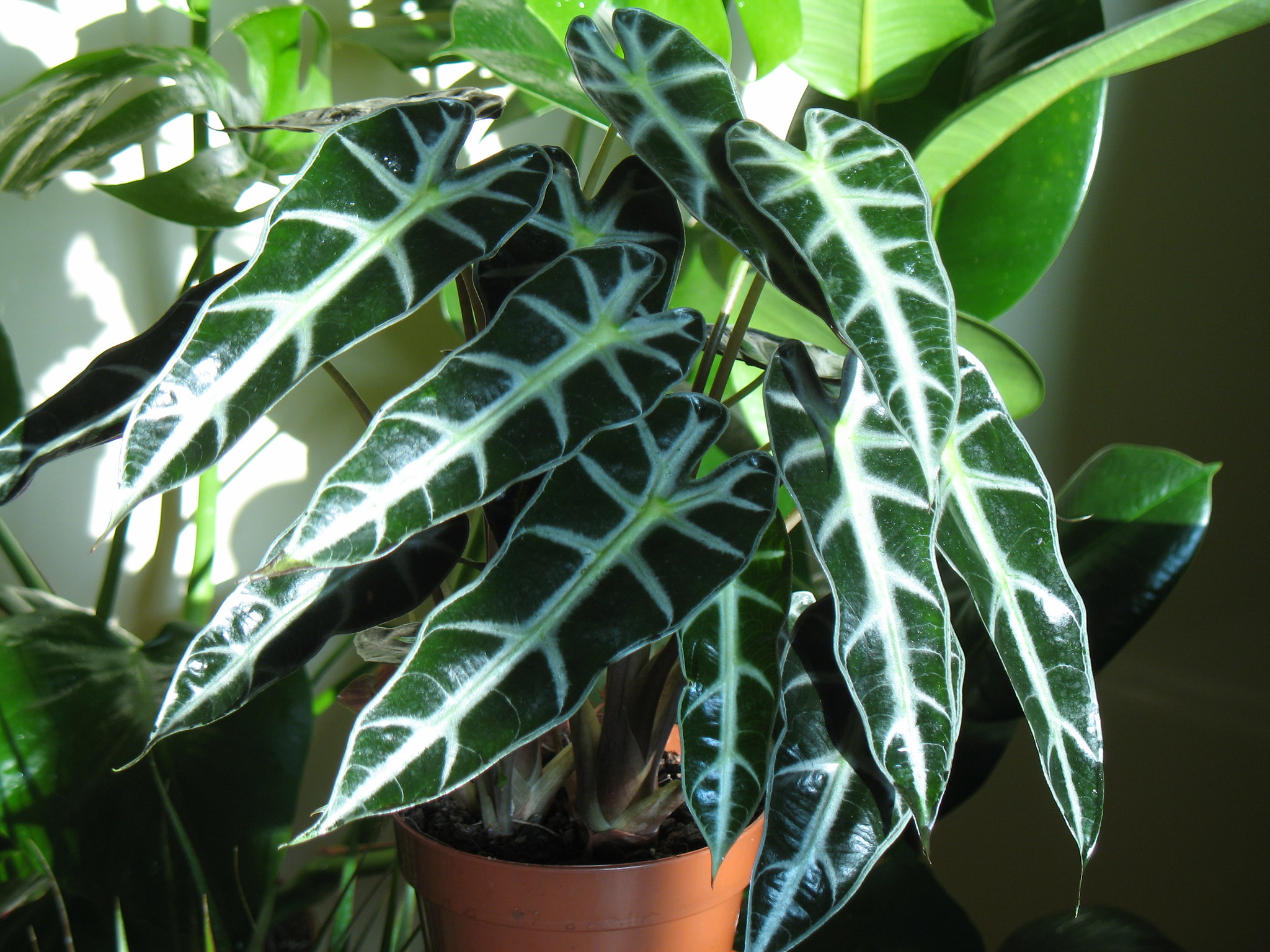
This comprises of 79 species.
Originates From: Eastern Himalayas, tropical and subtropical regions of Asia, tropical regions of the Western Pacific and Eastern Australia
Toxins: Insoluble calcium oxalates
Which Parts: Leaves, stems and roots
What Happens: Mucous membrane irritation; intense burning, and irritation of the mouth, lips and tongue; excessive drooling; puking; difficulty in swallowing.
02. Aloe
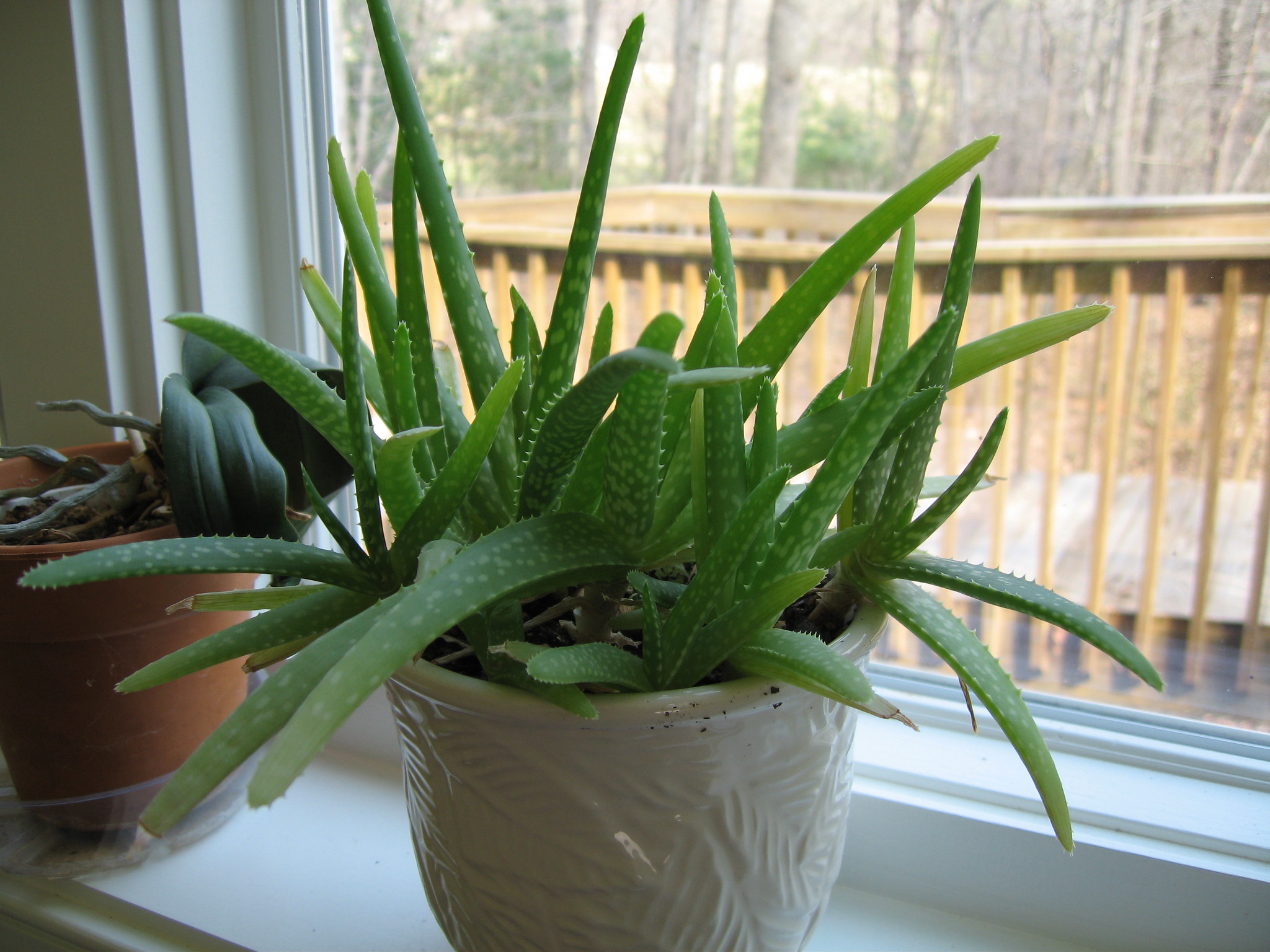
Many kinds of aloe (there are around 500+ species available) have various medicinal uses; but when ingested by dogs they prove to be toxic.
Originates From: The Arabian Peninsula, Africa, South Asia, and Madagascar
Toxins: Saponins
Which Parts: Pulp and Juice
What Happens: Puking; depression; diarrhoea; lack of appetite; change in urine colour
03. Amaryllis (Amaryllis sp.)
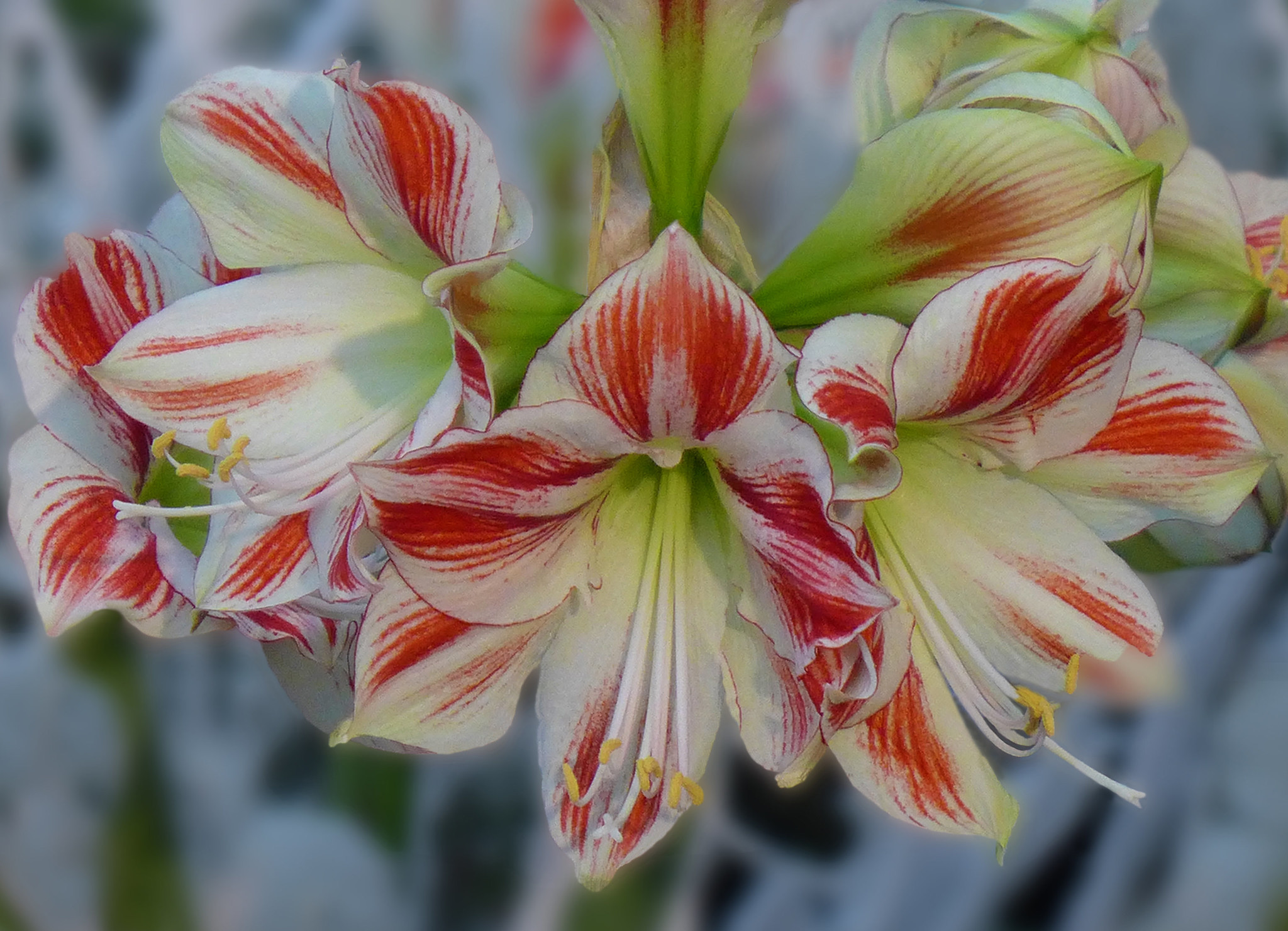
Vis-à-vis other lilies like – Easter lily, daylily, Asiatic lily, tiger lily, lily of the valley and flame lily – Amaryllis is mildly poisonous.
Toxins: Lycorine and other glycosides
Which Parts: Bulbs
What Happens: Puking; depression; drop in blood pressure; abdominal pain; drooling; loss of appetite.
04. Arrowhead Plant
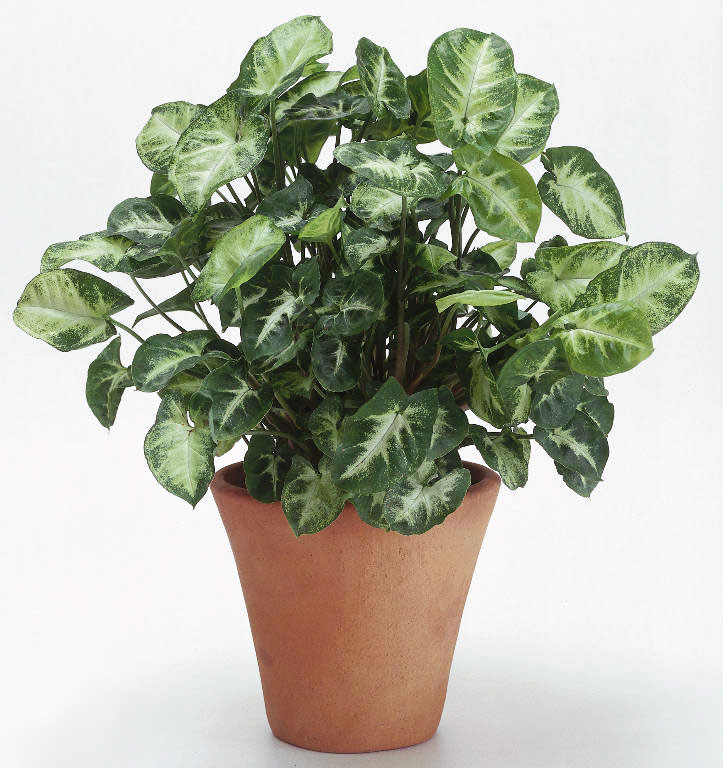
Grown as an ornamental plant the most common species is Syngonium podophyllum.
Originates From: The tropical areas of Central America and the Northern areas of South America
Toxins: Insoluble calcium oxalates
Which Parts: Entire plant
What Happens: Puking; depression; diarrhoea; lack of appetite; chills; change in urine colour
05. Asparagus Fern (Asparagus Setaceous)
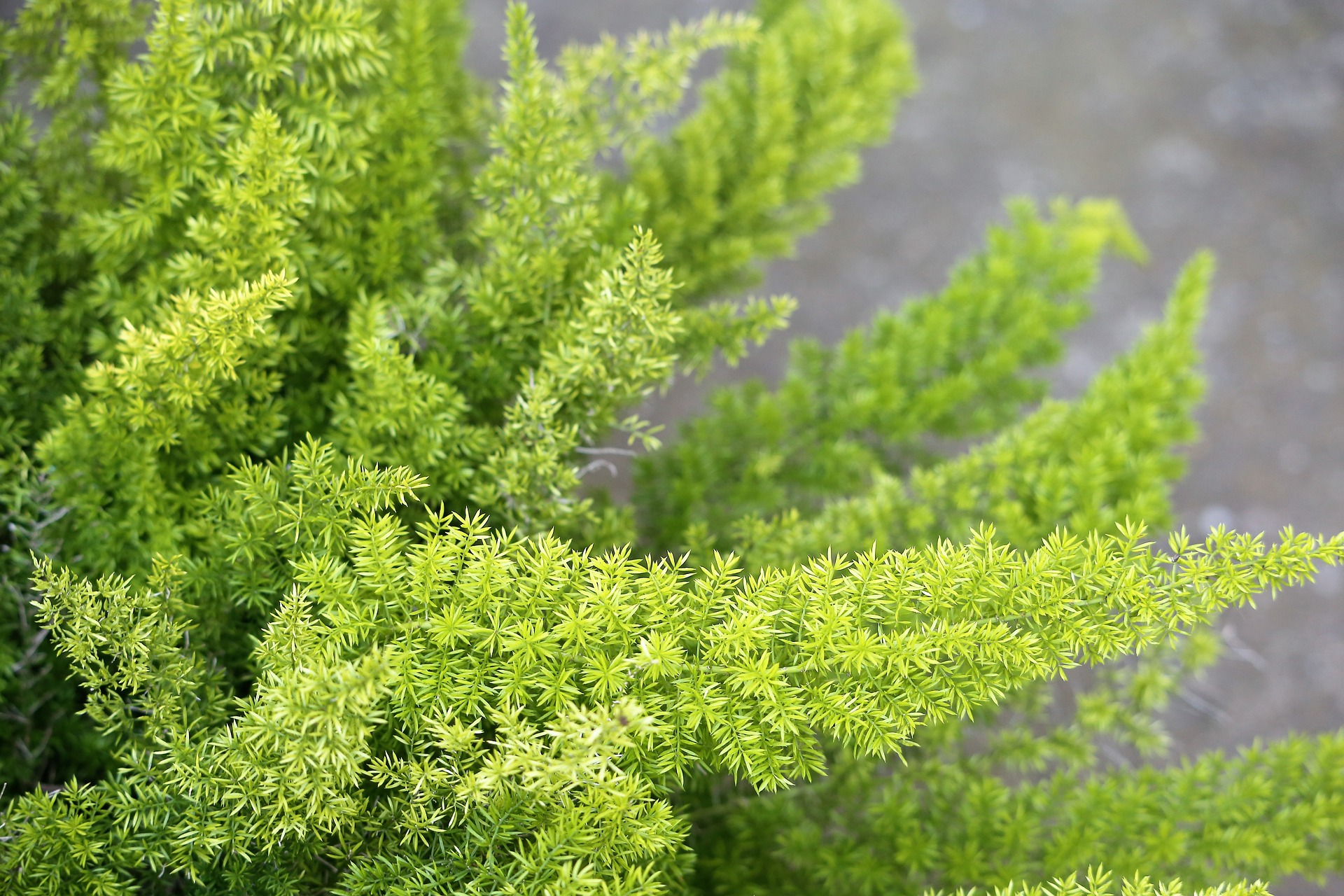
Albeit its leaves resemble those of a fern yet this houseplant (commonly known as lace fern) does not hail from the fern species.
Toxins: Sapogenins
Which Parts: Foliage, berries
What Happens: Gastrointestinal upset; puking; abdominal pain; diarrhoea
06. Begonia
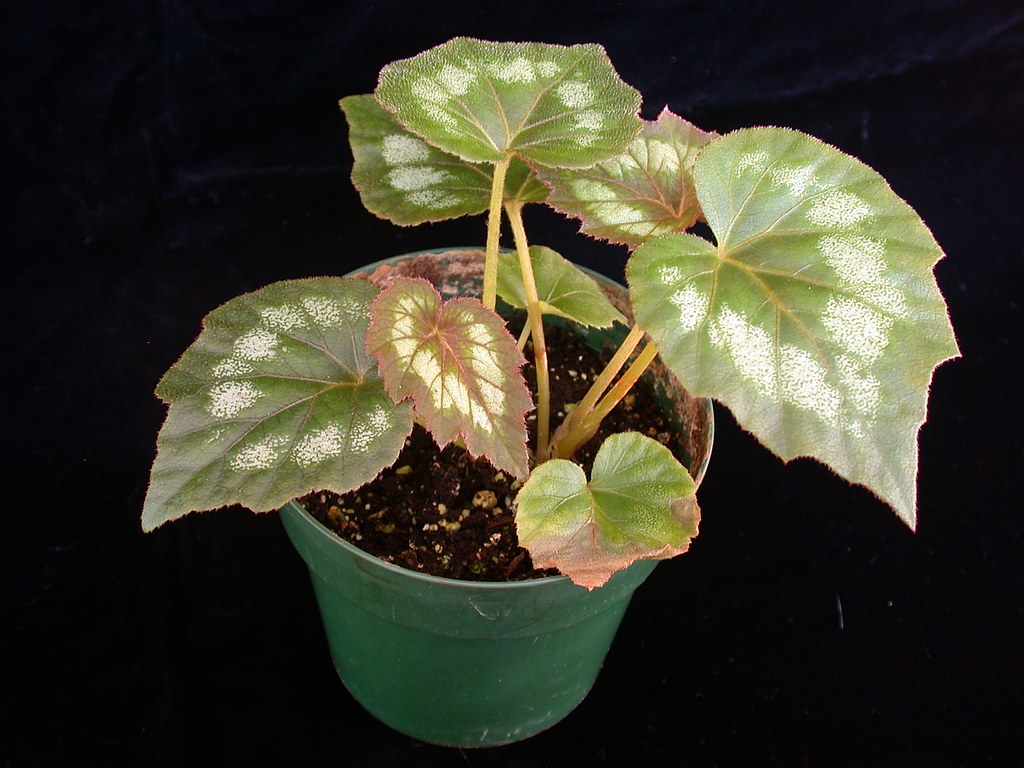
An extremely attractive indoor houseplant
Toxins: Insoluble oxalates
Which Parts: Entire plant
What Happens: Mucous membrane irritation; intense burning and irritation of the mouth, lips and tongue; excessive drooling; puking; difficulty in swallowing.
07. Bird of Paradise (Strelitzia)
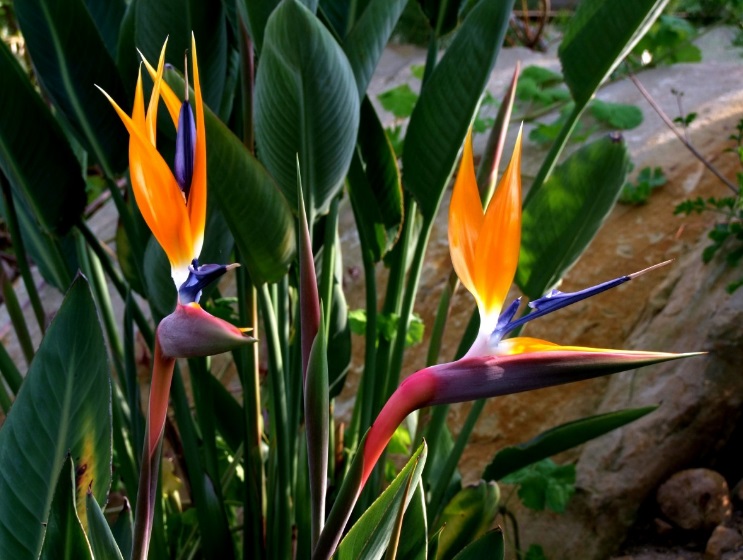
Cultivated as an indoor plant and for its cut flowers
Originates From: South Africa
Toxins: Hydrogen Cyanide (Prussic Acid)
Which Parts: Entire plant
What Happens: Mild nausea; puking; drowsiness; difficulty in breathing; less appetite; death
08. Brunfelsia
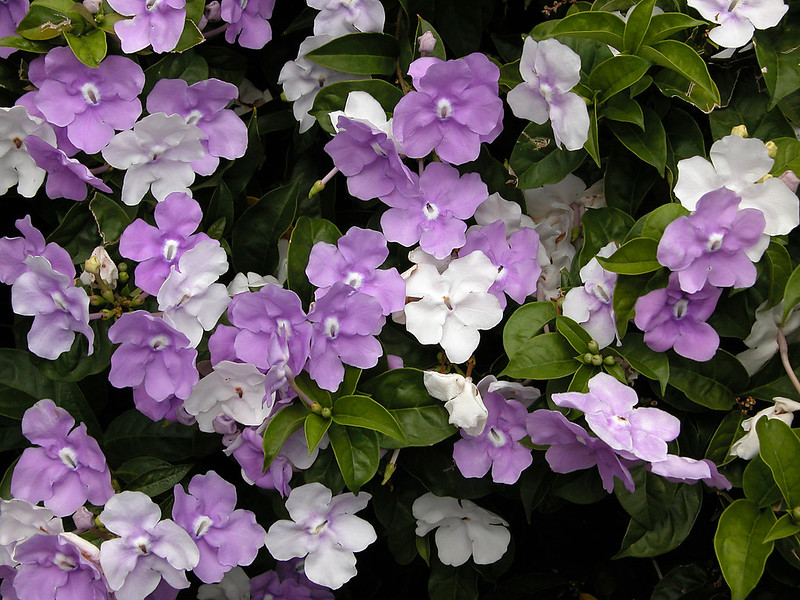
This goes by a horde of popular and passionate names like – Yesterday, Today, Tomorrow; Kiss-Me-Quick; Lady-of-the-Night.
Toxins: Brunfelsamidine, Hopeanina
Which Parts: Entire plant
What Happens: Irritation of the mouth and stomach (salivation, vomiting, and diarrhoea); muscle cramps; muscle rigidity; paralysis of the nervous system; coma.
09. Cactus
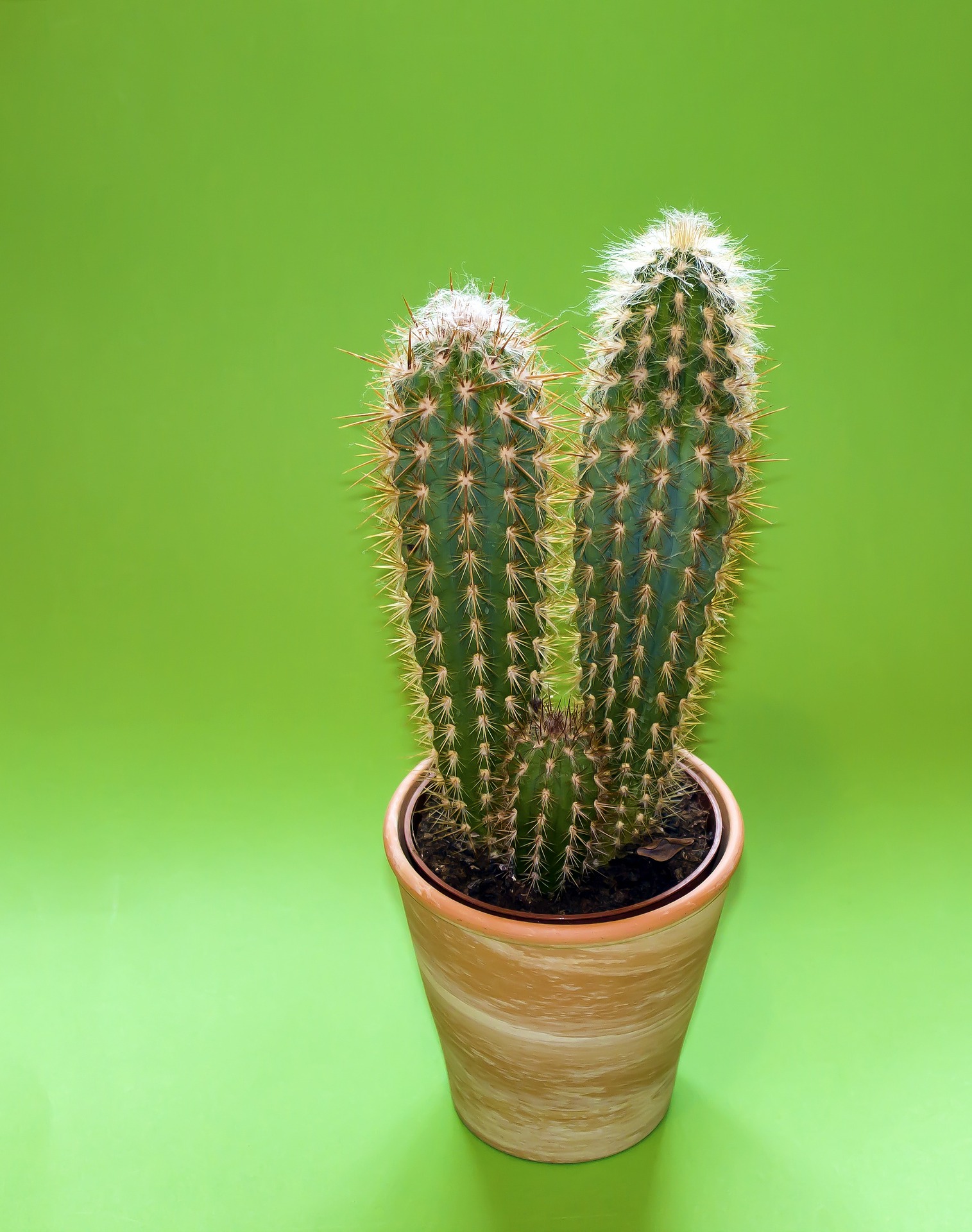
These are perhaps the most popular variety of houseplants.
Toxins: Different toxic substances with dangerous spikes
Which Parts: Entire plant … especially the spikes
What Happens: Inflammation of the skin; injury through the spikes
10. Calla Lily

Beautiful but deadly that’s what this lily is for pets!
Toxins: Insoluble calcium oxalates and unidentified, toxic alkaloids
Which Parts: Entire plant
What Happens: Oral pain; diarrhoea; drooling; lack of appetite; pawing at the mouth.
11. Cyclamen
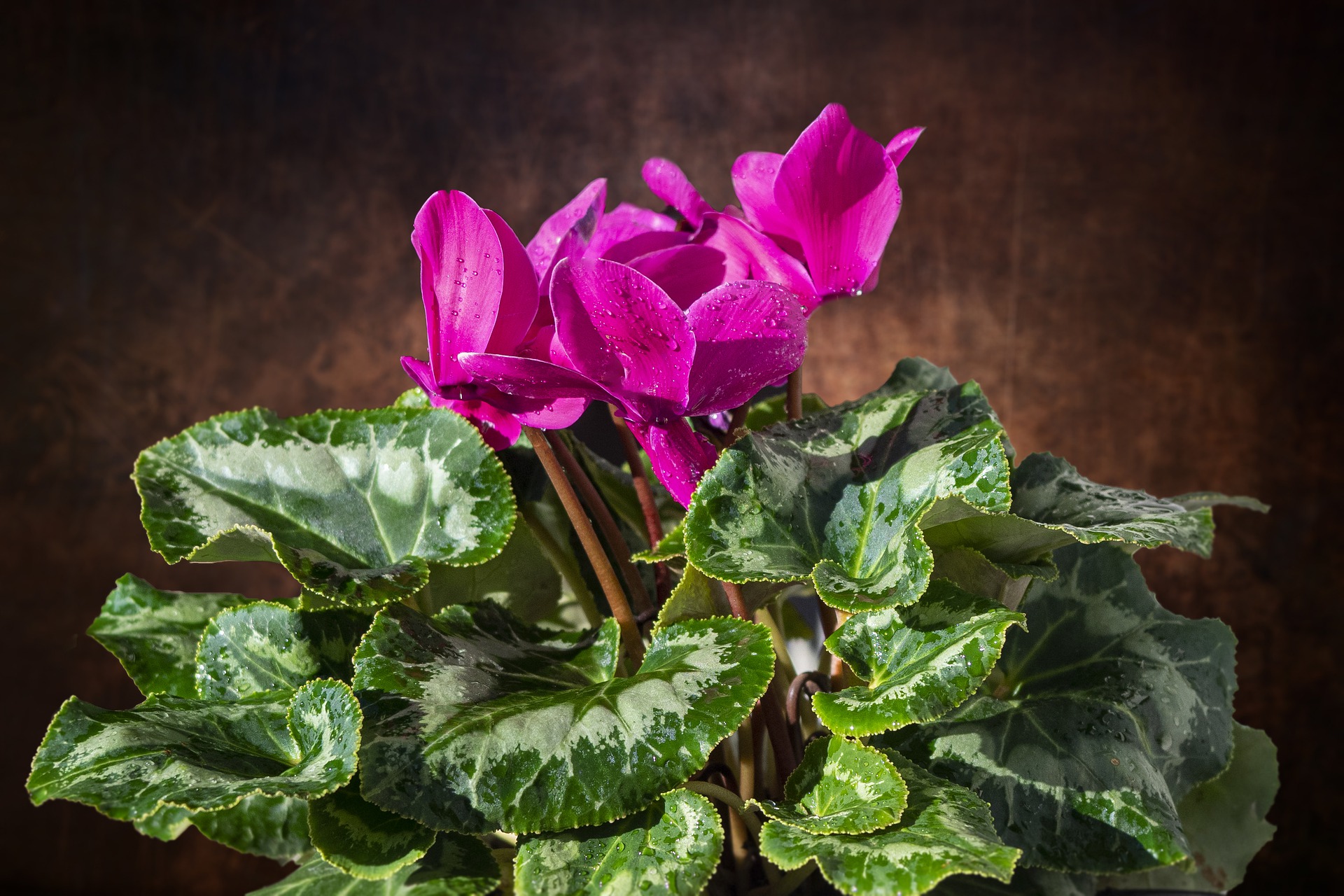
A lovely flowering ornamental houseplant.
Toxins: Saponins
Which Parts: Rhizome, tubers
What Happens: Salivation; puking; diarrhoea. Excess intake causes – cardiac arrhythmia and convulsions
12. Desert Rose (Adenium)
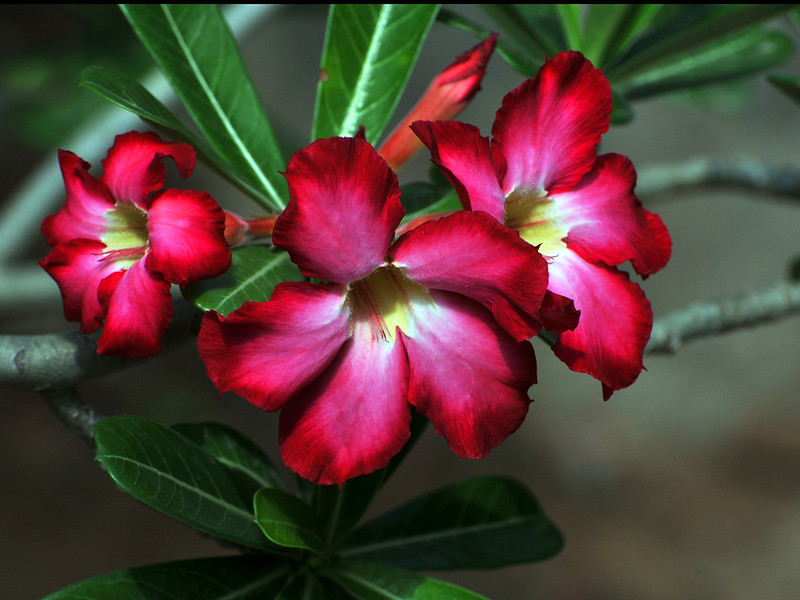
Scientifically known as Adenium this luscious plant that can be grown in pots hails from the oleander family.
Originates From: Eastern Africa
Toxins: Digoxin
Which Parts: Entire plant including the sap
What Happens: Puking; diarrhoea; anorexia; depression; irregular heartbeat and death (If ingested in higher amount)
13. Dieffenbachia

Popularly known as dumb cane this is one of the easiest-to-grow houseplants
Toxins: Insoluble calcium oxalates, proteolytic enzyme
Which Parts: Entire plant
What Happens: Mucous membrane irritation; intense burning and irritation of the mouth, lips and tongue; excessive drooling; puking; difficulty in swallowing
14. Dracaena
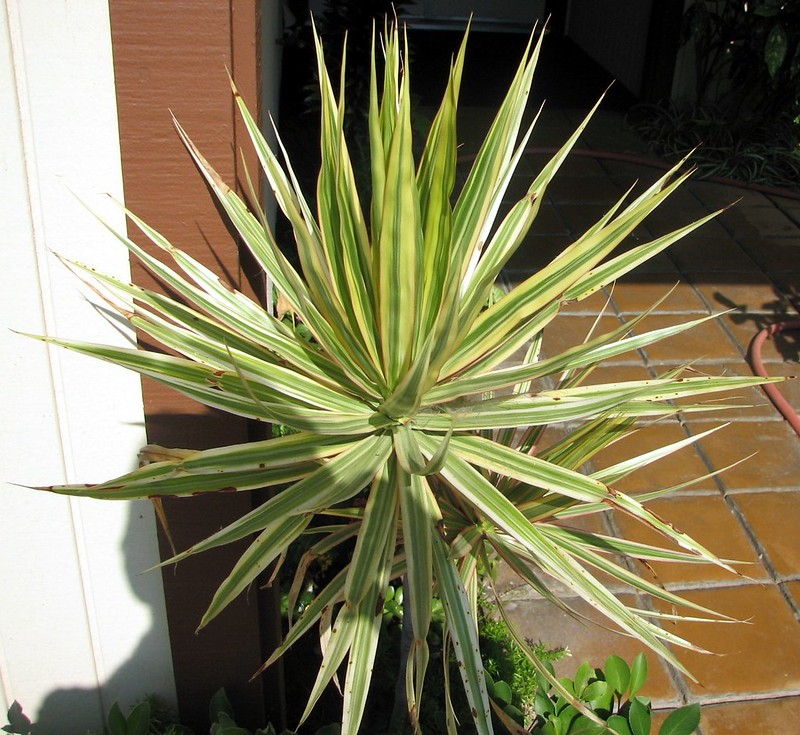
This comprises of 40-odd species of woody and shrubby plants.
Originates From: Subtropical and tropical regions of Asia, Africa, and the Canary Islands
Toxins: Saponins
Which Parts: Entire plant
What Happens: Puking (sometimes with blood); depression; lack of appetite; drooling
15. Dracaena Fragrans

This houseplant is commonly known as the cornstalk plant.
Toxins: Saponins
Which Parts: Entire plant
What Happens: Puking (sometimes with blood); depression; lack of appetite; drooling
16. Eucalyptus
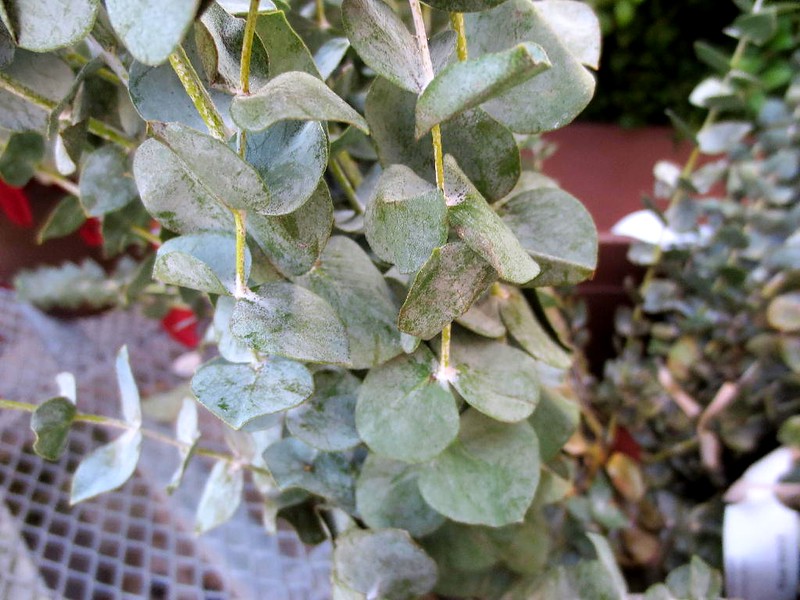
The fragrance of this plant can make your dog cranky and lethargic.
Toxins: Eucalyptus oil
Which Parts: Entire plant
What Happens: Salivation; puking; diarrhoea; depression; weakness
17. English Ivy (Hedera Helix)
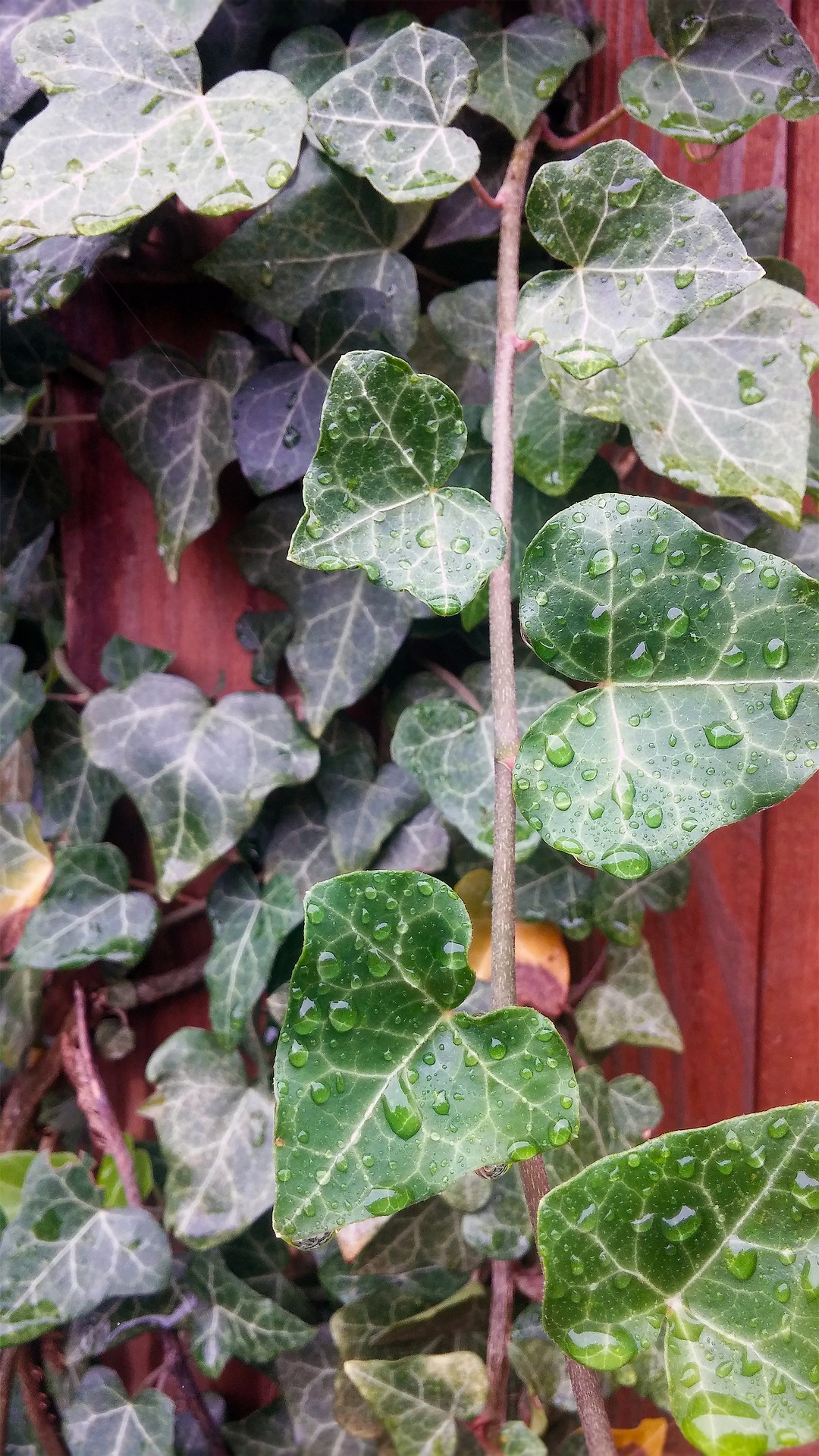
This houseplant is popular as it doesn’t require sunshine.
Toxins: Triterpenoid saponins (hederagenin)
Which Parts: Entire plant
What Happens: Drooling; puking; diarrhoea; abdominal pain
18. Ficus Benjamina
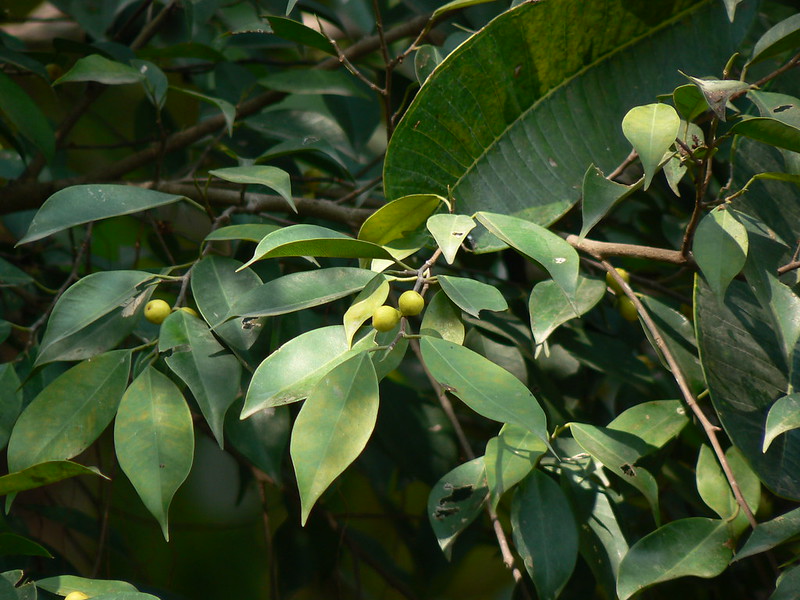
Commonly termed weeping fig this is the official tree of Bangkok, Thailand.
Originates From: Southern Asia, Northern Australia and the Solomon Islands
Toxins: Proteolytic enzyme (ficin), psoralen (ficusin)
Which Parts: Entire plant
What Happens: Skin contact may lead to inflammation; while ingestion may cause irritation in the mouth
19. Flame Lily (Gloriosa Superba)
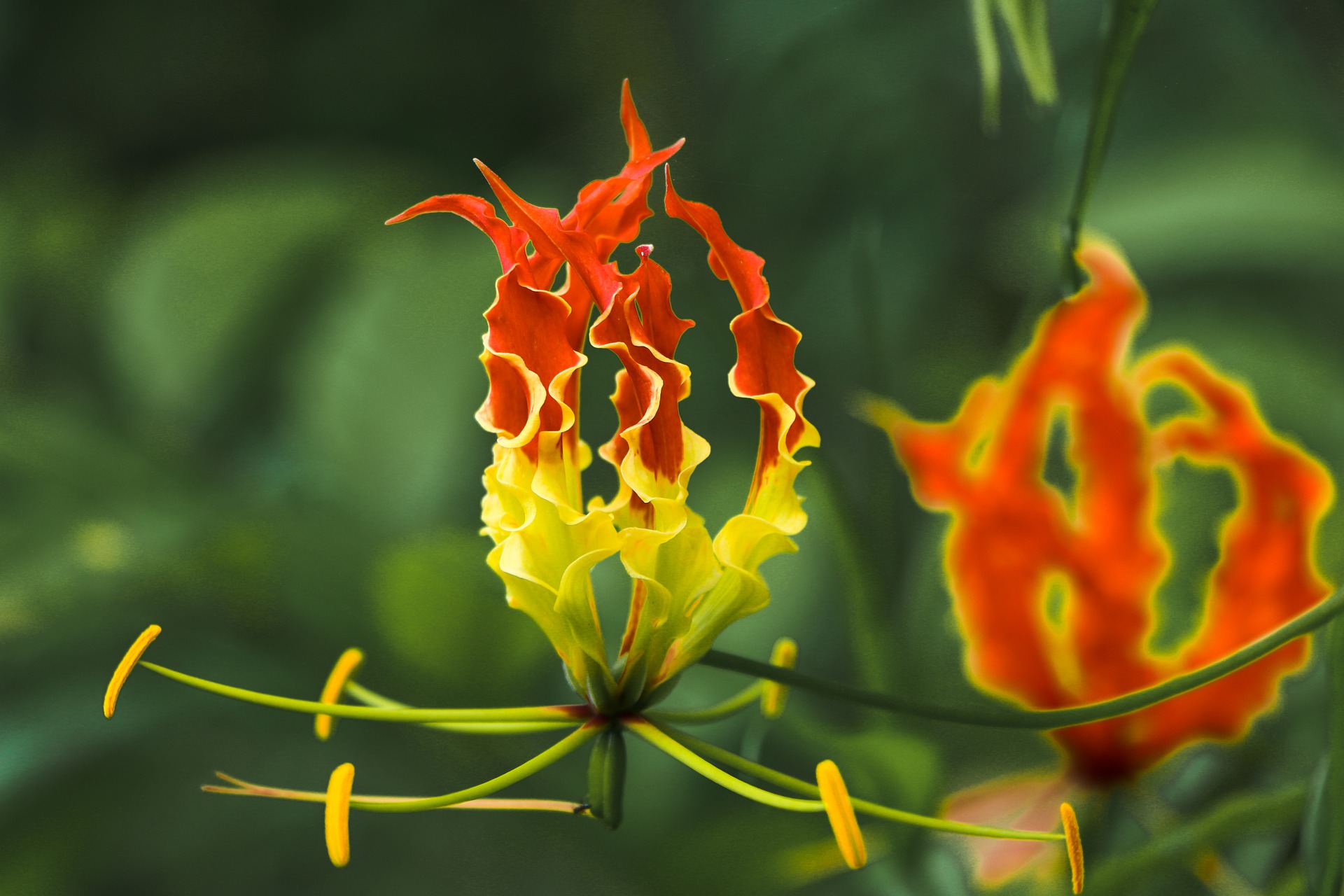
The flower portion of this ornamental plant resembles a flame … that’s where it gets its name from. Renowned as a medicinal plant with a plethora of uses in Ayurveda.
Toxins: Colchicine related alkaloids
Which Parts: Entire plant … specifically the seed, flower and tuber portion
What Happens: Salivation; puking (bloody); diarrhoea (bloody); shock; kidney failure; liver damage; bone marrow suppression; paralysis; death
20. Flamingo Flower

Goes by the scientific name of – Anthurium Scherzeranum.
Toxins: Insoluble calcium oxalates
Which Parts: Entire plant
What Happens: Mucous membrane irritation; intense burning and irritation of the mouth, lips and tongue; excessive drooling; difficulty in swallowing.
21. Gardenia

An extremely fragrant flower.
Toxins: Geniposide, Gardenoside
Which Parts: Entire plant
What Happens: Nausea; diarrhoea
22. Geranium
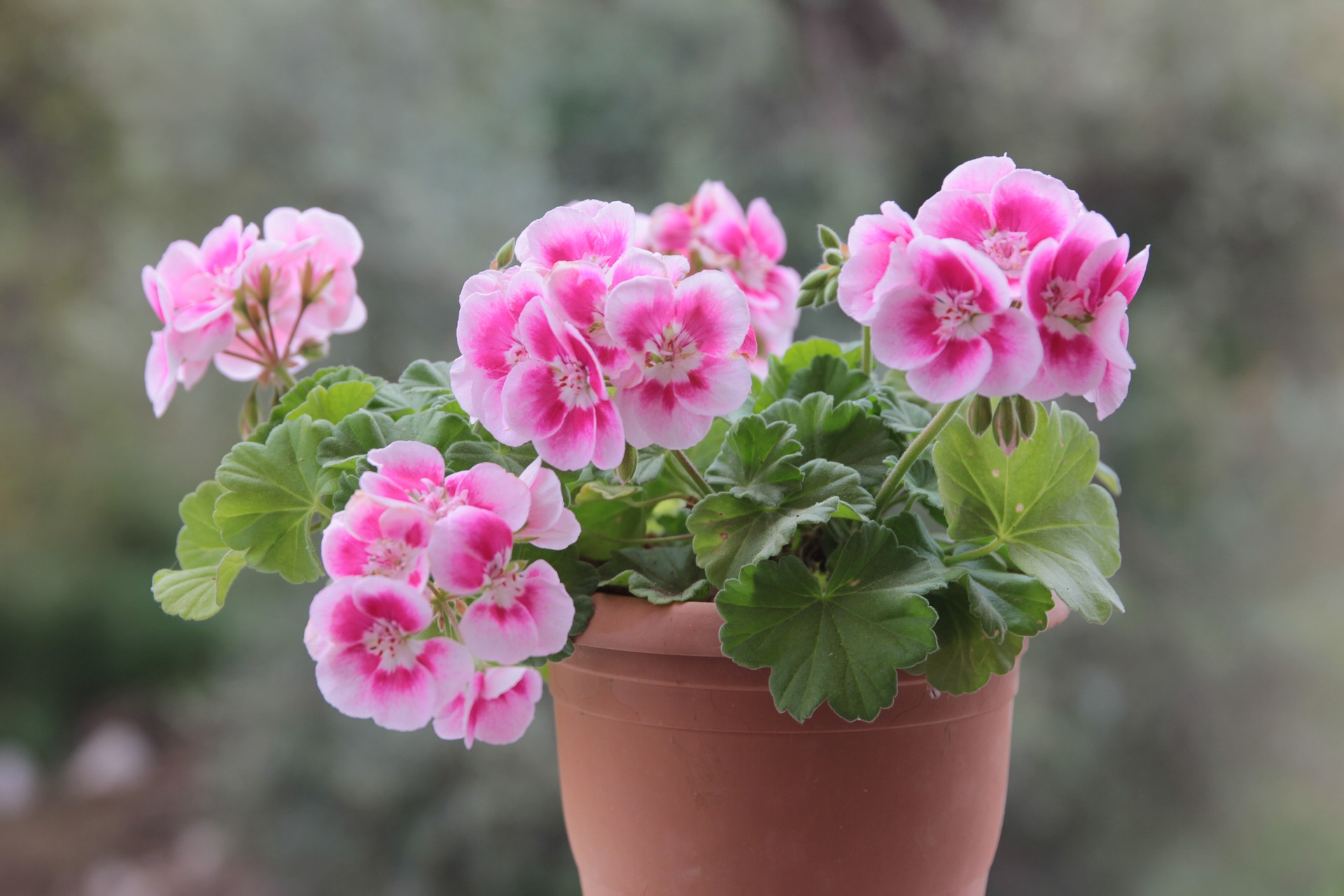
This one’s a genus of 422 species of annual, biennial, and perennial plants that are commonly known as geraniums or cranesbills.
Toxins: Geraniol, Linalool
Which Parts: Entire plant
What Happens: Puking; anorexia; dermatitis
23. Golden Pothos
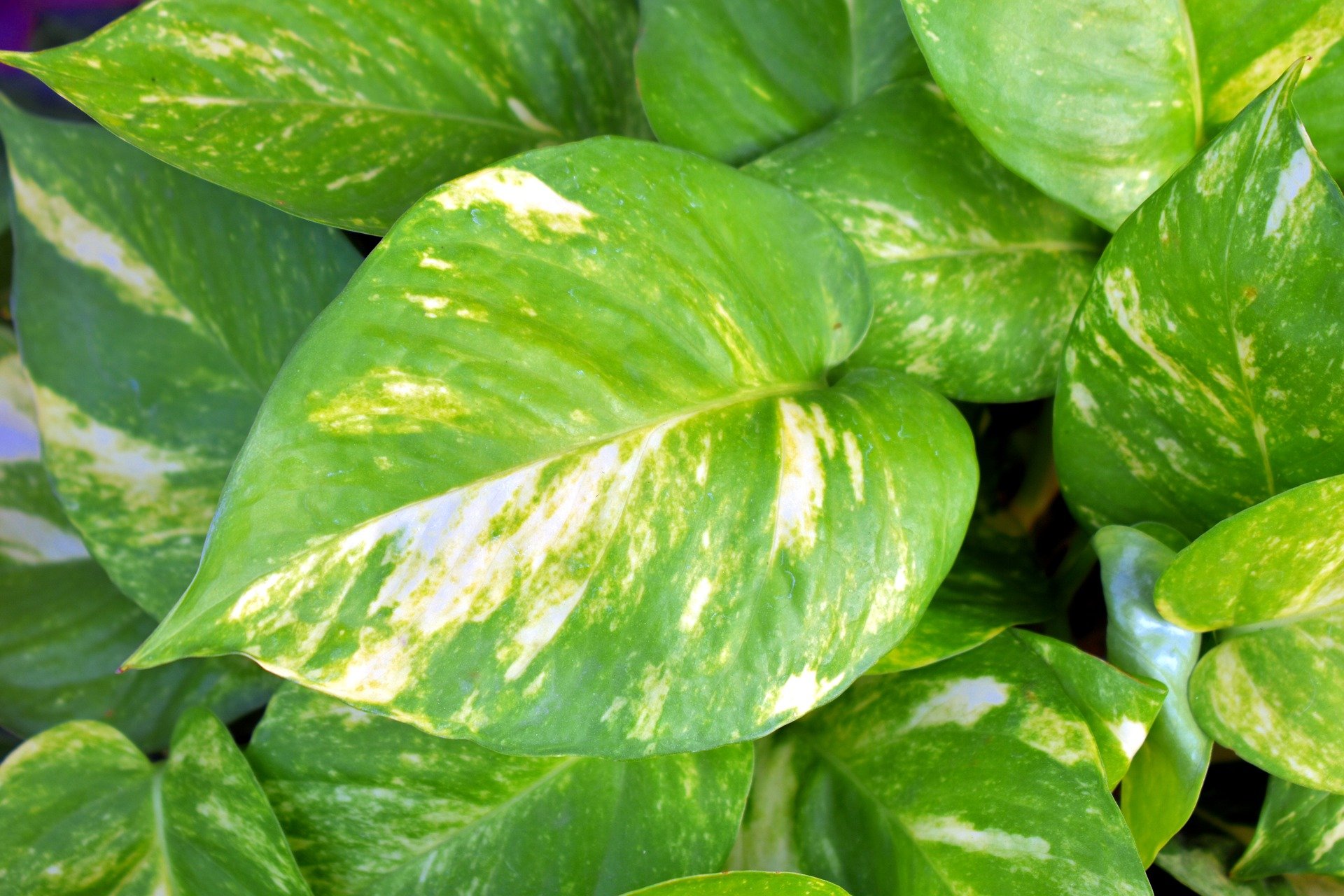
The best feature of this climbing plant – which goes by the scientific name Epipremnum Pinnatum – is that it doesn’t need the sun.
Toxins: Insoluble calcium oxalates
Which Parts: Entire plant
What Happens: Mucous membrane irritation; intense burning and irritation of the mouth, lips and tongue; excessive drooling; difficulty in swallowing.
24. Jade Plant

Crassula Ovata as it is scientifically known as, is for those householders who are zero on the plant. care quotient.
Originates From: Africa
Toxins: Unknown
Which Parts: Entire plant
What Happens: Nausea; retching
25. Kafir Lily
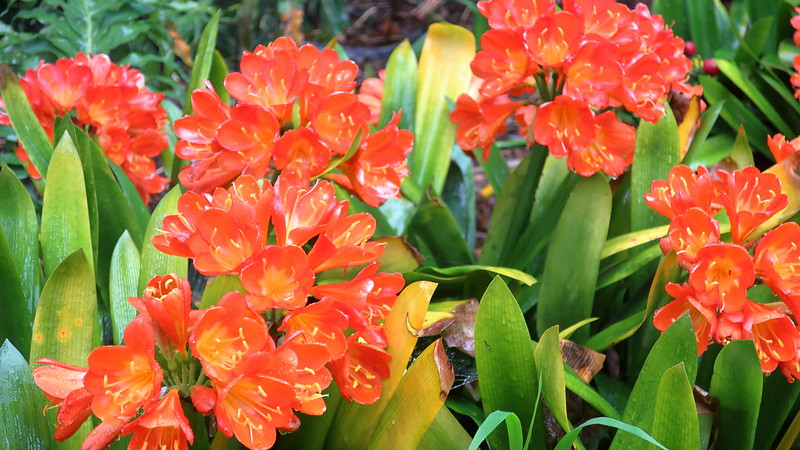
With bright orange collared flowers and luscious leaves this plant lends an exquisite touch to your house.
Toxins: Licorine and other alkaloids
Which Parts: Licorine and other alkaloids
What Happens: Puking and diarrhoea. Excess intake causes convulsions; low blood pressure; tremors; and cardiac arrhythmia.
26. Kalanchoe

This flower-based plant belongs to the Crassulaceae family.
Toxins: Bufadienolides
Which Parts: Entire plant
What Happens: Puking; diarrhoea; abnormal heart rhythm
27. Oleander
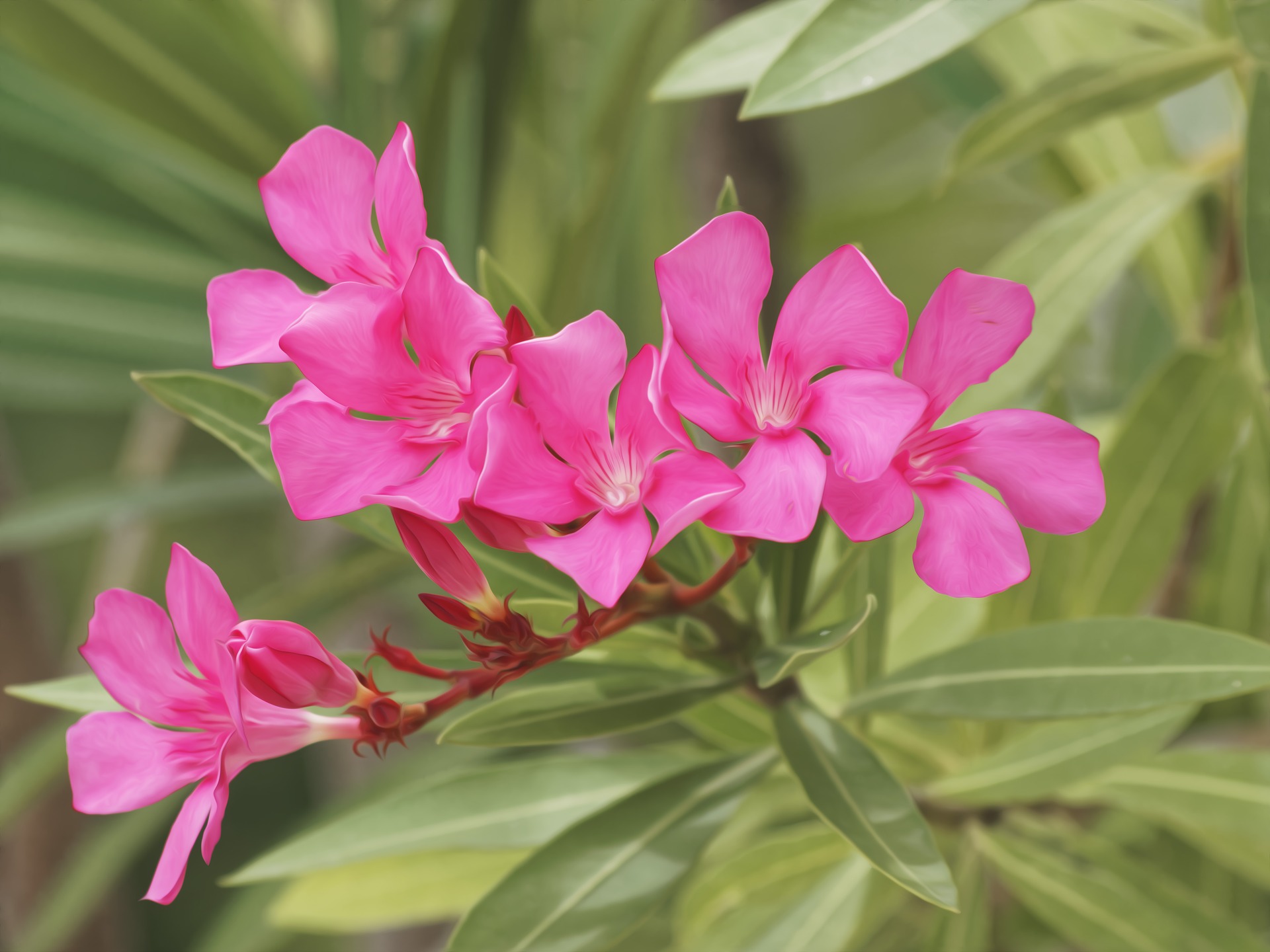
Figures lethally high on the toxic quotient.
Toxins: Cardiac glycosides
Which Parts: Entire plant
What Happens: All parts of the plant contain toxic cardiac glycosides as digoxin. Its ingestion can cause – colic, diarrhoea (possibly bloody); sweating; difficulty with coordination; shortness of breath; difficulty in breathing; muscle tremors; and even death due to heart failure.
28. Peace Lily (Spathiphyllum)
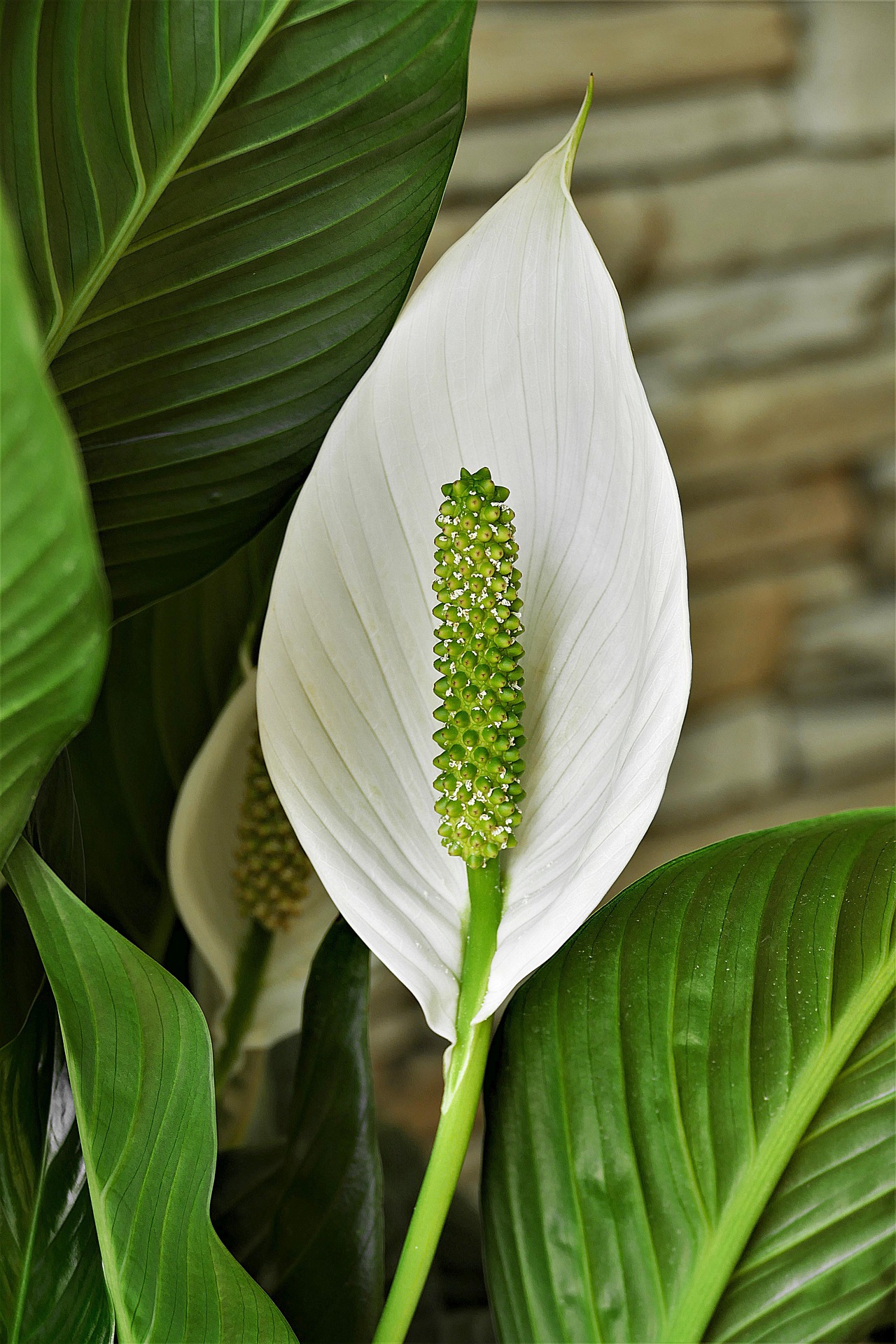
Calls for less sunlight, care and maintenance.
Toxins: Insoluble calcium oxalates
Which Parts: Entire plant
What Happens: Mucous membrane irritation; intense burning and irritation of the mouth, lips and tongue; difficulty in swallowing.
29. Peyote (Lophophora Williamsii)
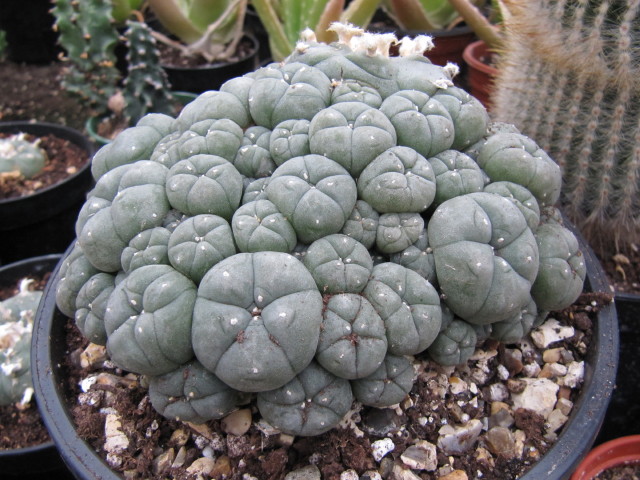
Hailing from the cactus family this medicinal plant doubles up as an ornamental plant too.
Originates From: New Mexico, Texas
Toxins: Mescaline and other alkaloids
Which Parts: Entire plant
What Happens: Intoxication; puking; diarrhoea
30. Philodendron

This one’s a classic, practically no-fail and stunning foliage houseplant.
Toxins: Insoluble calcium oxalates
Which Parts: Entire plant
What Happens: Mucous membrane irritation; intense burning and irritation of the mouth, lips and tongue; excessive drooling; puking; difficulty in swallowing.
31. Sago Palm

A rage among landscapers but if chewed upon by your doggie this plant can be toxic.
Toxins: Cycasin
Which Parts: Entire plant
What Happens: Puking; jaundice; increased thirst; haemorrhagic gastroenteritis; bruising; clotting disorder; liver damage; liver failure; and death.
32. Schefflera

This hails from the Araceae family that houses – Dieffenbachia, Calla Lily, Arrowhead, Dumb Cane, Peace Lily, Philodendron, Pothos, Umbrella Plant, Elephant’s Ear, Chinese Evergreen, and Schefflera.
Toxins: Calcium oxalate crystals
Which Parts: Entire plant
What Happens: Mucous membrane irritation; intense burning and irritation of the mouth, lips and tongue; excessive drooling; puking; difficulty in swallowing.
33. Ti plant (Cordyline Terminalis)

This is a tropical stunner with large leaves ranging in colour from variegated pale pinks and greens to purple or deep red, depending on the species.
Toxins: Saponins
Which Parts: Entire plant
What Happens: Puking (sometimes with blood); depression; lack of appetite; drooling
34. ZZ Plant

Hails from the Araceae family.
Toxins: Insoluble calcium oxalates
Which Parts: Entire plant
What Happens: Mucous membrane irritation; intense burning and irritation of the mouth, lips and tongue; excessive droolingQuite a lengthy list of don’t-haves…right? Relax there are many safe options like – Hens and Chicks, Burro’s Tail, Blue Echeveria, Ponytail Palm, and Bamboo- for dog owners who wish to indulge their green-fingered fantasies.
You may also love to read following articles:
Indoor Plants At Home -Six Spaces That You Can Utilize And How?
10 Best Air Purifying Plants to Clean the Air in Your Homes!
Author Bio
Huta Raval – An English Literature and Journalism Topper, Huta Raval has graduated from the L D Arts College, Ahmedabad. Post serving for 23 years in the NBFC and Public Library Sectors her desire for ‘writing the unwritten’ brought her to the creative field of content writing. Her clientele comprises of NGOs, Blogging Platforms, Newspapers, Academic Institutions, et al.